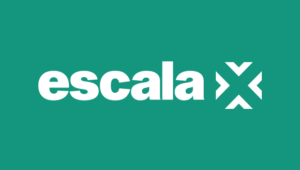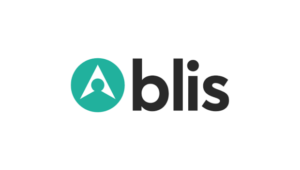Video Ads Are Worth Their Weight in Gold
←Back to Indexby Rebecca Muir on 23rd Jun 2016 in TRADERTALK
In this episode Jourdain-Alexander Casale, VP strategy, Index Exchange, explains video header bidding to Ciaran O'Kane, CEO, ExchangeWire, in the first-ever TraderTalk TV to be filmed outside!
Header bidding relied on open RTB protocol and leverages a website's header to send bid requests which reduces latency and increases yield for publishers. The concept is broadly adopted and being engineered to include not just banner ads, but video ads too.
Video header bidding works largely the same way as conventional header bidding; the difference is rather than signalling exclusively banner ad opportunities, the publisher also signals video ads.
When a website loads the bid requests in the header and are initiated the challenge was how to get a video player to load at the same time as the video bid requests are initiated to avoid latency issues that would occur if the player loaded in the page. Traditional ad sizes (slots) are signalled along with video slots that are grouped into pods of, say, three. The publisher's ad server knows the composition of the pod, i.e. where the ad opportunities are on the page, the player size, and any competitive inclusion that needs to be followed (not allowing competitive brands' ads to appear alongside each other or sequentially).
'Optimised podding' (a Google beta) allows an advertiser to buy a whole commercial break (one pod) - if they can drive enough yeild to beat the other players in the auction. Compared to traditional up-front buying this is extremely efficient - the whole process takes miliseconds, with no paperwork - it's 100% automated.
Casale addresses O'Kane's question whether there is enough pent-up demand for video to allow header bidding to take off: he explains that video is still popular in private marketplaces (PMPs) but, in terms of fulfilment, programmatic is much more efficient because it is an adjacent solution, that acts in an agnostic way - meaning sellers and buyers are not relying on the underlying platforms.
From the buyers' perspective, we hear how the publishers' ad server layer can return highly complex information about the composition of the opportunity e.g. long-form or short-form video content, static or non-static format etc. the ad server returns a mapping of the composition. This information is then put to the buyers who decide whether they want to bid. The auctions for banners and video ads happens simultaneously, which is good for advertisers and publishers, there is zero negative impact for buyers.
Video is more fragmented compared to traditional banner because less inventory available on Google and Facebook means that there is a greater opportunity for pure play providers. Conventional display gives advertisers scale - video is more constrained so the value is higher - video ads are worth their weight in gold to buyers.
Video header bidding is globally available value for brands today.














Follow ExchangeWire